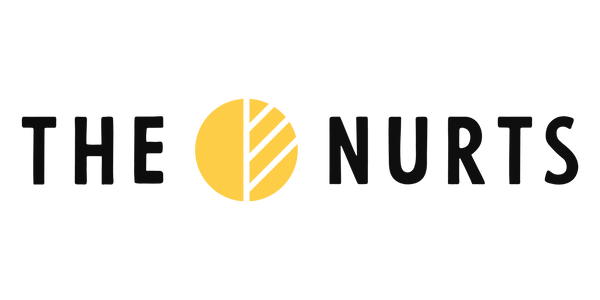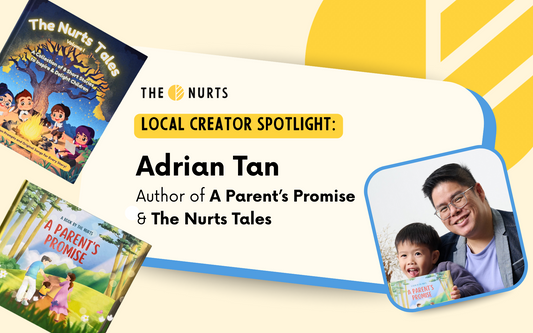Have you ever been in a class when you were in university, in a training session while at work or even in a meeting, and your mind seems to space out so that you’re unable to comprehend what was being discussed or taught?
Aside from daydreaming (because dreaming is free, we get you) as a reason, it could also be because our dominant learning style is quite different from the way the information was presented to us at the time. And, we’re here to tell you that that’s totally fine.
That’s what we love about people in general, diversity! We should all be celebrated regardless of our learning styles, because that’s what makes us unique.
So, today we are breaking down several different learning types, and through this you can perhaps identify which type you are. This will help you to learn more about yourself as well as increase the ability for you to digest all the information or little details that future classes or work sessions will bring!
Visual learners learn through seeing. To grasp new concepts or information, perhaps tools like flowcharts, pictures, infographics, videos or even emojis would help. Perhaps you like taking notes so that you can digest all the information after the session ends instead of trying to keep focused when you can’t.
One way you might find it useful to create more visual stimulation is to colour code your notes with different colours of highlighters or underlining certain keywords. Who doesn’t love vibrant and bright notes and fun stationery? That will surely add some colour to your day.
Auditory learners learn through listening. This type of learning is perfect for you if you enjoy attending training sessions be they in-person or online. And now with the abundance of various podcast channels, auditory learners can jump with joy as you get to learn on the go, at home, while driving… anywhere really!
One other useful tip for you is that you can read your notes out loud, or engage in a group discussion so that you can listen to all the key highlights and comprehend it better.
This is the more classic way of learning, which is nothing wrong! You love reading in all aspects of your life. Do you need some guidance? You read a self-help book. You don’t know how to operate an appliance? Read the manuals. Want to find out more about a certain topic? Google and read an article!
These types of learners engage well with slide presentations that use text and handouts. The slides does not have to be lengthy, it can be in bullet points, but it helps reading learners to grasp the knowledge quickly.
This is what we call tactile learners. You learn through doing hands-on learning. You do very well by taking part in participatory activities. For instance, if you get the chance to partake in a 3D printing training, you would learn fairly quickly if you get to design and mould your own printable output from end to end as you get to be fully immersed in utilising the equipment provided.
How do you maximise the utilisation of this type of learning outside of a hands-on training environment? What you can do is come up with your own real-life examples to help you create a pathway to understanding how to manage a certain project or expectation.
And how do you, in a team. accommodate these different types of learning styles to ensure good synergy? One way to do it is by giving the team freedom of choice on what type of training works best for them. After all it does not matter how they learn, the outcome is what matters!
References:







